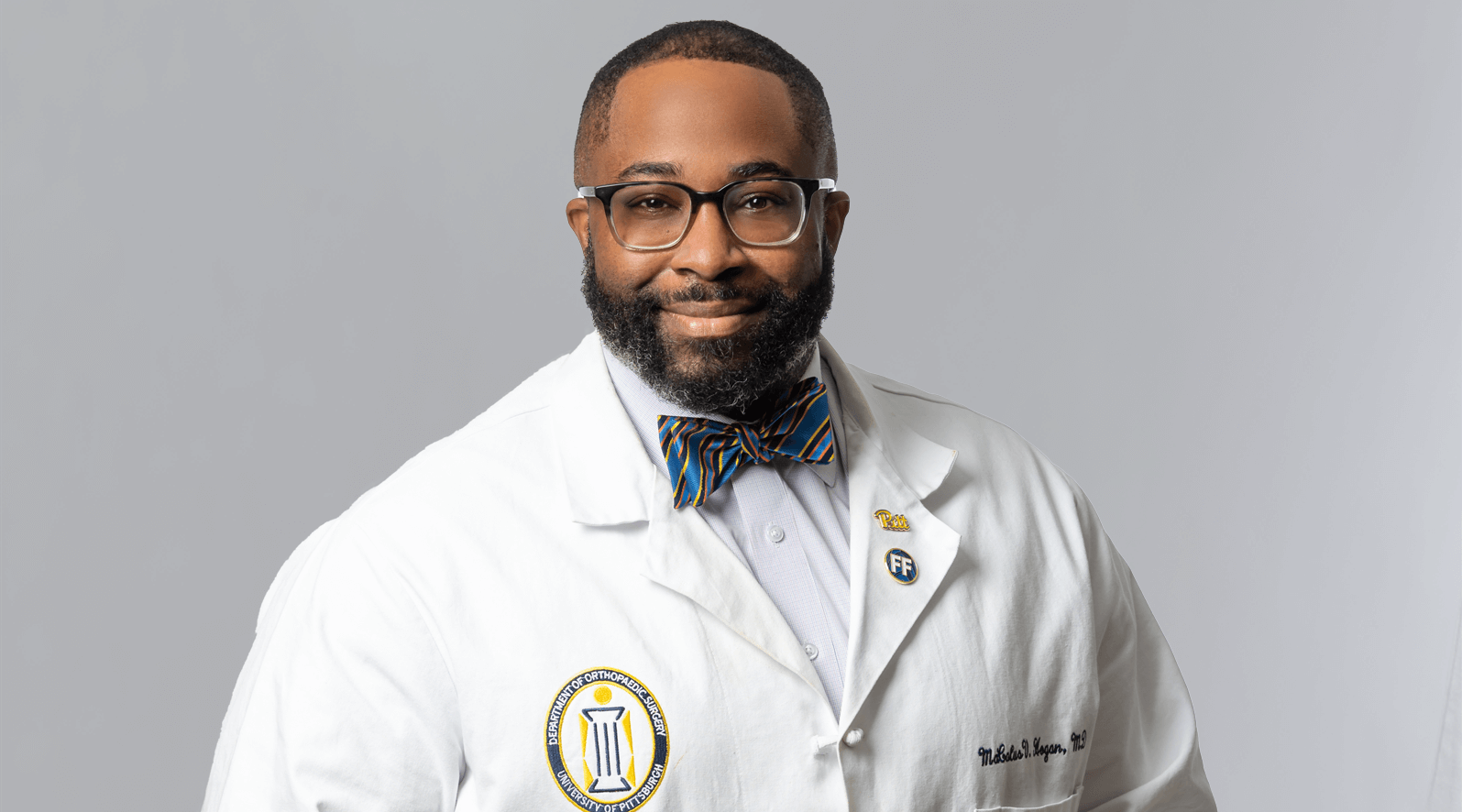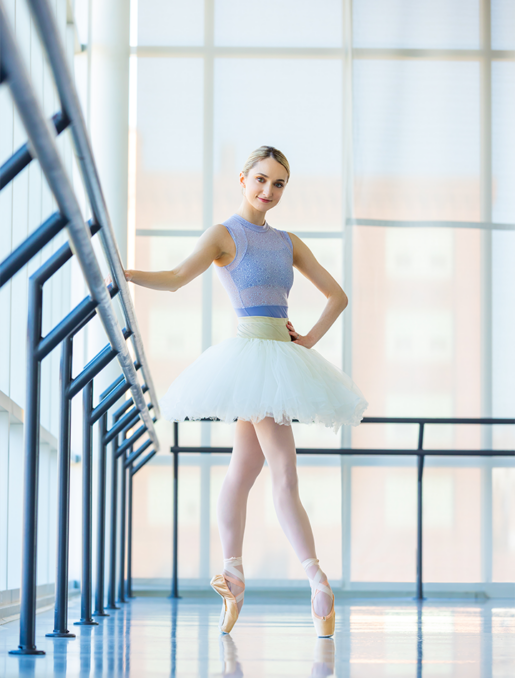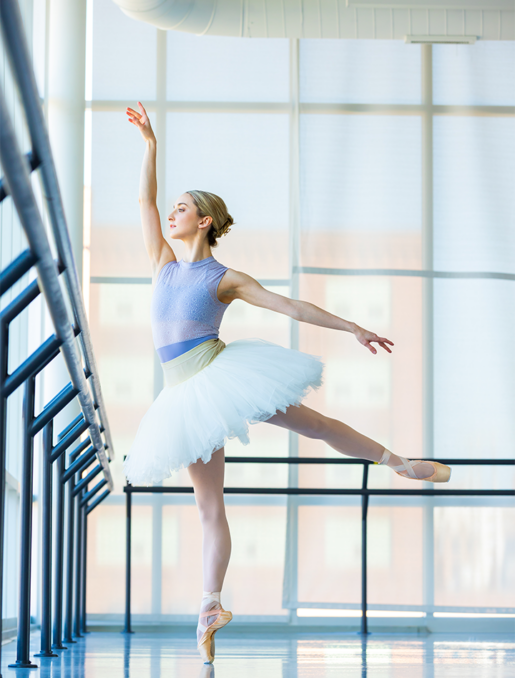“He understands the language of dance”
“There is a great need for the care by Dr. Hogan and the UPMC team,” says Susan Jaffe, the former artistic director of Pittsburgh Ballet Theatre. Acclaimed by the New York Times as “America’s Quintessential American Ballerina,” she recently became artistic director of American Ballet Theatre, where she danced as a principal for 22 years.
“Ballet dancers have to train so much and for so long because ballet technique is based on turnout, so our toes are facing out right and left,” Ms. Jaffe explains. “This obviously requires a tremendous amount of articulation, muscle strength, and coordination. Dr. Hogan and the UPMC team want to do as much as they can to address all of our needs, both short-term and long-term,” she adds. “It’s been a wonderful relationship.”
“Dr. Hogan is very loved by our dance students,” Dean Lemonius agrees. “He understands the language of dance. He understands how the daily regimen of training and putting the body through so much taxing movement puts a lot of stress on the physique. So our students feel comfortable talking with him about preventing injury and understanding what is happening in their bodies when something goes awry.
“You don’t think about injury prevention at 18,” says Dean Lemonius, who has performed in film, contemporary dance companies, and solo guest works across the United States, Canada, and Europe. “So we are very grateful to Dr. Hogan and the UPMC health practitioners for working with our young athlete artists on the importance of understanding the body and being mindful of its possibilities.”





